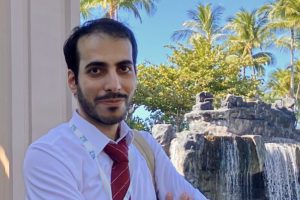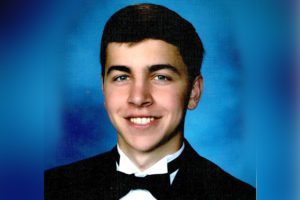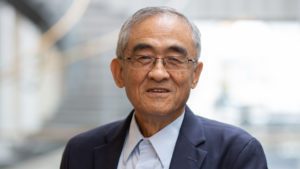Aaron Morris, Michigan Engineering’s new Assistant Professor of Biomedical Engineering, shares about his work with innovative disks that can be implanted to enable real-time self-monitoring for a range of illnesses.
The post Video: Self-monitoring device for diseases appeared first on Michigan Engineering News.

 Michigan Engineering | University of Michigan
Michigan Engineering | University of Michigan 


